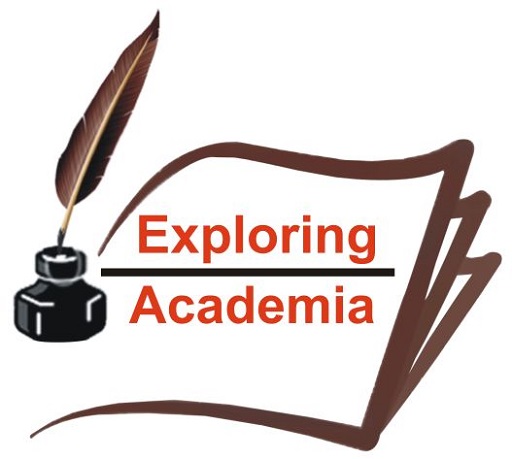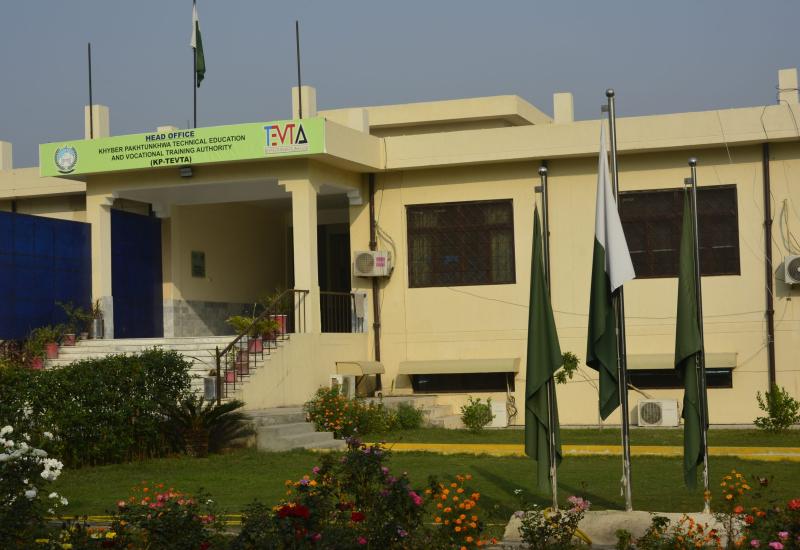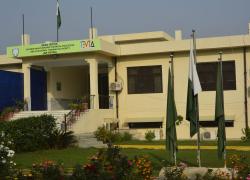The key governance issues in the public sector universities in Pakistan
After twenty-two years of strenuous efforts and persistent struggle, the Pakistan Tehreek-e-Insaf, led by the maverick Khan, finally emerged victorious in what I feel to be one of the most transparent, organized and disciplined electoral exercises, the country has witnessed since inception despite serious allegations of spoofing. Nevertheless, this election marked the second successful transition of the democratically elected government, a fabulous feat in its own right, a big stride towards a promising future.
The nation is earnestly looking forward to the change, the beginning of a new political era, as prognosticated by the enigmatic Khan, in the face of intransigent internal and external challenges.
On the internal front, the new government is having enormous challenges to reform the higher education sector. In this blog post, the major governance issues confronted by the institutions of higher education in Pakistan are delineated in order to provide policymakers and academic leadership with valuable insight for future reforms.
Introduction
Notwithstanding, revolutionary reforms and a paradigm shift in the higher education landscape across the globe, universities in Pakistan, by and large, remained traditional, obsolete and outdated. Little improvement has been made in the management of financial, academic and administrative affairs in the universities since inception.
The internal functions and operations are virtually manual, arduous and backbreaking. The culture of research has not taken firm roots in the campuses. There is an acute shortage of state of the art laboratories and sophisticated equipment. Universities are producing graduates with absolutely no relevance to the practical problems of the society.
Deteriorating financial health, dearth of the culture of genuine research, shortage of dynamic academic leaders and qualified faculty in the cutting edge areas, limited opportunities for career growth and lack of robust university industries linkages are few of the bottlenecks confronted by universities in Pakistan. Little attention has been paid to develop internal management systems in the universities such as Financial Management System, Academic Management System and Human Resources Management System. Some of the major governance issues have been keyed out in this blog post.
Historical background of the universities in Pakistan
Universities were established by the colonial British government in sub-continent in order to churn out educated Indians to serve the expanding bureaucracy. Since government and security were the major areas of concern for the colonial establishment, they made the bureaucracy and military exalted and efficient while the higher education remained neglected, government controlled and piteous.
Being unattractive, the institutions of higher education could not attract the most capable of the students and best of the faculty and remained medieval teaching institutions. This continued in Pakistan because the ruling elites kept on governing the country in the same old colonial tradition.
At the time of creation of Pakistan in 1947, there was only one university functioning in Pakistan, namely University of Punjab. However, there has been recorded a steady increase in the number of universities established both in the public and private sector in Pakistan after 1995-96.
According to the data available on the Higher Education Commission of Pakistan (HEC) website, there are two hundred and sixteen universities and degree awarding institutes in the country. Amongst these, one hundred and thirty three are public sector, whereas; eighty three are private sector universities. The public sector universities among these are government chartered, self-governing autonomous bodies funded by the Government of Pakistan through HEC. These universities can be broadly divided into generations.
The ‘first generation’ of these universities are having spacious buildings, passive academic environment, intellectual richness, vast libraries, on-campus residency, zero level automation and a vast pool of talented students. The University of Peshawar, University of the Punjab and Quid-e-Azam University, Islamabad are few among these.
The ‘second generation’ comprises of the universities, established in the last 10 to 20 years, marked mainly by multistory buildings, fully automated offices, broadband internet connectivity and video conferencing facilities, with newly established well-furnished ORIC, QECs, Career Counseling and Student Aid and Placement Offices. University of Health Sciences, Lahore, Kohat University of Science and Technology and Karakurum International University, Gilgit, Baltistan are few of the second generation universities.
Difference between ‘first’ and ‘second’ generation universities in Pakistan
First Generation universities | Second Generation universities |
Established since 1947 till 2002 (before the establishment of HEC) | Established since 2002 (after the establishment of HEC) |
Own spacious buildings | Having multistory buildings ( some are housed initially in rented buildings) |
Working in isolation | Working in collaboration |
Backward-looking | Forward-Looking |
Following | Leading |
Focus on teaching | Focus on teaching as well as research and publications |
Zero level of automation (moving towards that) | Fully automated offices |
The vast pool of students | Thin students population |
Traditional academic departments and administrative offices | Well-furnished ORIC, QECs, Career Counseling and Student Aid and Placement Offices |
Face to face intellectual discourses | Enhanced global connectivity via Internet and video conferencing facilities |
Vast libraries | Online resources |
Passive academic environment | Active and diversified learning environment |
(Source: Ahmad,2017)
Organizational structure of the public sector Universities in Pakistan
Public sector universities in Pakistan, in general, share a symmetrical organizational structure having a top-down hierarchy. The Governor of the respective province or the President of the country, in case of federal universities, used to be the chancellor by virtue of their designation.
They accord approval for appointment of the Vice-Chancellors, some members of the Senate, Syndicate and Academic Council (the key statutory and decision bodies of the universities) and the Deans- the most distinguished academic position in the universities in Pakistan. The Vice-Chancellor, being the chief executive, principal accounting officer and chief academic officer of the university wields overwhelming authority.
The Vice-Chancellor, being the lynchpin in the public sector universities in Pakistan has a vital administrative as well as an academic role to play as enshrined in the Universities’ Act. The senior administrative staff and faculty members are appointed by the Syndicate on the recommendations of the Selection Board.
The Senate is the governing body whereas Syndicate is the supreme executive body in the universities responsible for the key decision-making function in the universities in Pakistan. Comprising of around 20 to 24 members, Syndicate is a diversified management team, fancied as a virile decision making body asserting autonomous governance and exercising its executive authority.
There are a number of senior administrative positions such as the Registrar, Director Finance, Controller of Examinations, Director Planning and Director Academics mainly responsible for the overall administrative functioning of the universities in Pakistan. Besides, heads of the teaching departments are primarily responsible for academic functions in these universities.
Major Challenges faced by Universities in Pakistan
Some of the major governance issues confronted by the universities in Pakistan are listed below:
- Management of human resources
- Role ambiguity
- Performance appraisal
- Interpersonal communication
- Mushroom growth of the universities
- Legal and judicial activism
- Lack of accountability
- Lack of autonomy
- Financial crunch
- Lack of automation/digitalization
These issues are further delineated in the blog post, the 1o major challenges confronted by the Higher Education Institutes in Pakistan.
Reference:
Ahmad, S.H. (2017). An exploratory study of recruitment and selection system of administrative staff in public sector universities of Khyber Pakhtunkhwa (Doctoral dissertation, Institute of Management Sciences, Peshawar, Pakistan).


















